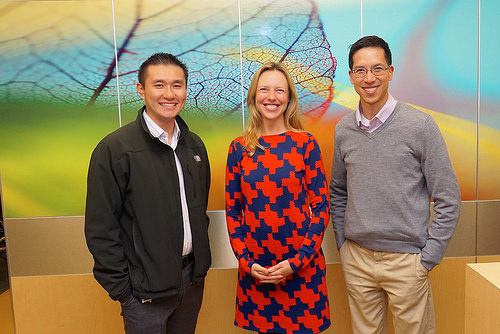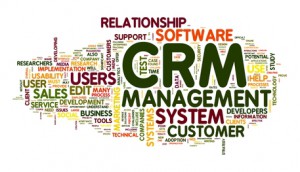collaboration
Why CIOs Can’t Sell Enterprise Collaboration Tools
Enterprise collaboration is a concept that almost everyone supports, but is rarely implemented correctly and fully accepted. This is because businesses do not know what they are aiming to achieve, and end up failing the project. In order to improve the success of these projects, CIOs need to not only support the functionality, but also be a champion for it. This means using the software instead of telling others to.
Experts say that enterprises struggle with cross-functional communication from department to department or office to office. Collaboration tools can assist with this but requires identifying specific needs to choose what software to use. There is also a disconnect between the needs of employees and the C suite. Older executives are struggling to embrace technologies that seem simple to younger employees, which create a hazy picture for implementing a new technology. The biggest challenge, however, is the employees’ mindset about collaboration technology. If the demand for employees is not there, they will just work around the technology and ruin the return on the project.
What experiences have you had with collaboration tools at Temple or at an internship? What was more successful?
Facebook Introduces Riff
In an attempt to make videos “stickier” on social media, Facebook recently debuted its own video app called Riff. This Forbes article details the app and the logic behind it.
The way the app works is that users post 20 second videos, and then their friends can also post videos that can then be added on to the original video. When a user signs up for the app with their Facebook account, they can start making videos instantly, and their friends will receive notifications when their friends create videos. These videos will be connected by a common hashtag, thus creating a sort of video story that can be shared across various social media sites. The idea behind the app is that it makes the creative process more fun, by allowing users to collaborate with their friends.
A Facebook algorithm showed that at this time, videos take up approximately 30% of the average user’s newsfeed. This trend is what propelled the creation of Riff, which Facebook hopes will continue the trend.
What are your thoughts on the app? Do you think it can stand up to Vine and Snapchat stories, or do you think it’ll be soon forgotten? Would you use it?
Entrepreneurial Success through Mentorship

In researching mentorship in the startup culture, I located a Forbes magazine article entitled “Why Entrepreneurs Need Good Mentors.” According to the author, a key benefit of having an accessible and knowledgeable mentor is that he or she can help you make good decisions more quickly; particularly in a startup situation, it is better to make a good decision sooner rather than a perfect decision later.
In addition to accessibility which permits prompt feedback, a good mentor should have “expert-level” experience, preferably as an entrepreneur, as well as a “direct yet supportive” feedback style. This latter point relates to our discussion in class about what makes a strong performance review: it is important that performance issues, whether of an employee or of an entrepreneur, be identified so that corrective action can be taken, but it is also important to make criticisms constructive. It is just as valuable to point out strengths as it is to point out weaknesses.
With the author’s points in mind, how do you feel your meetings with your mentor will guide your project’s direction? Also, what connections can you draw between your mentor’s experiences and your project?
Collaboration and Disruptive Innovation
In this article by Vikram Jandhyala and Will Ludlam of the Seattle Times, the role of collaboration in disruptive innovation is investigated. The authors argue that without collaboration, people become frightened by how quickly things are changing–largely due to the fact that they are not included in the development of new innovations. Jandhyala and Ludlam argue that, using Washington State as an example, universities, businesses, media outlets, government agencies, etc. should work together to draw talent into the region and promote collaborative innovation. The authors argue that through collaboration, “disruption” will become “evolution,” in which all interested parties have a say in how to move forward and will be less caught up in the fast pace of change.
Do you think that by “forcing” disruptive innovation the value will be diminished? For example, instead of allowing disruptive innovation to “come about” naturally and without the use of a think tank or incubator, are the innovations are more meaningful? What challenges do you see in drawing talent to a particular region, business or university?
3 Ways CRM Improves Your Business Processes
According to CIO.com, the three ways CRM improves business processes are:
- The CRM System As a Smart File Cabinet – CRM systems make sure everyone in the organization is aware of the customer’s relationship history. The customer’s information is collected and organized.
- The CRM System for Collaboration and Coordination – CRM enables collaboration and coordination among various departments, which leads to better account management.
- The CRM System as Task Master and Process Drive – CRM adds tighter linkage with other systems and business processes, which increases the business’s efficiency.
What are the advantages of knowing the customer’s relationship history? What are the disadvantages?





